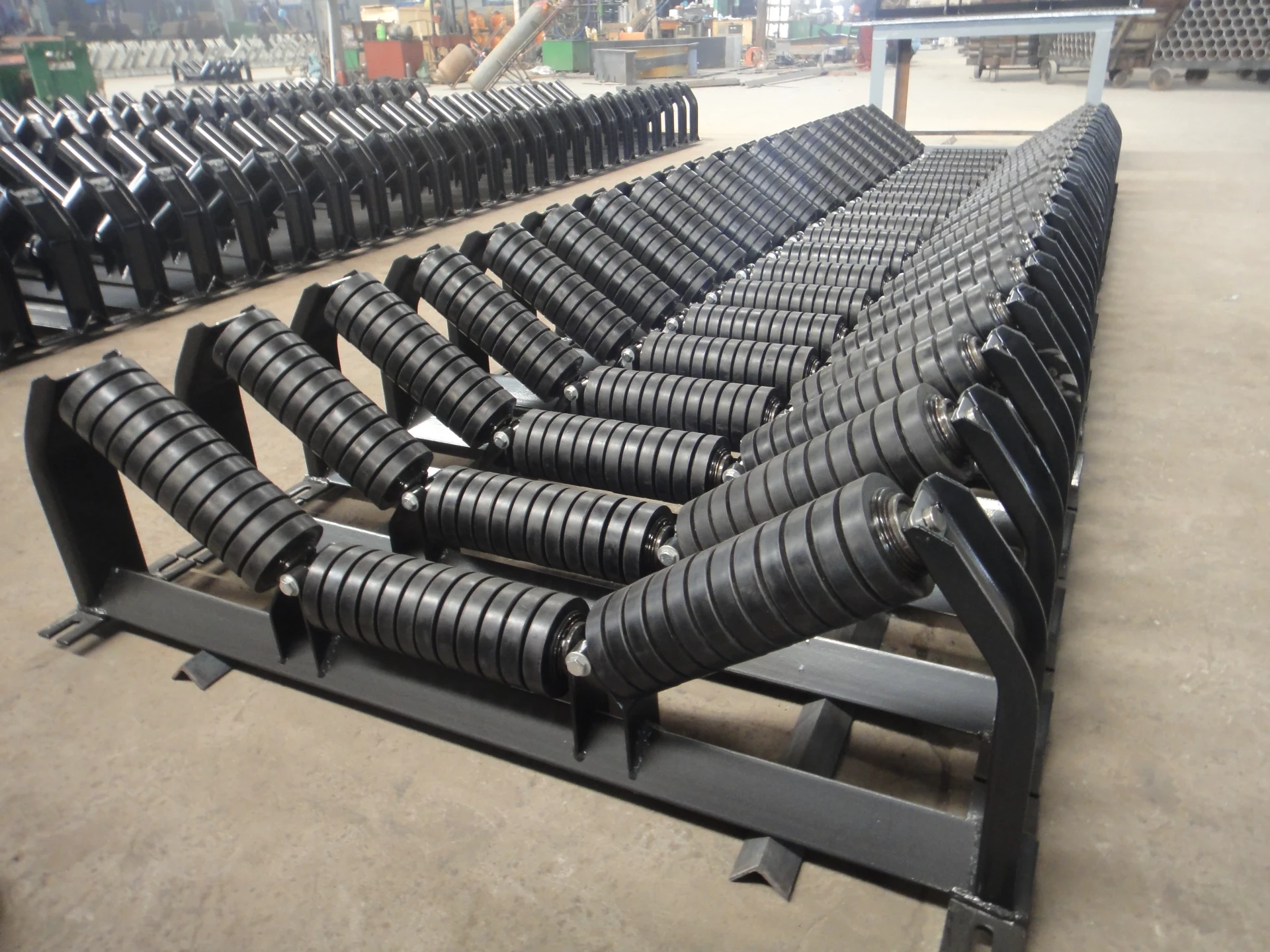 Afrikaans
Afrikaans  Albanian
Albanian  Amharic
Amharic  Arabic
Arabic  Armenian
Armenian  Azerbaijani
Azerbaijani  Basque
Basque  Belarusian
Belarusian  Bengali
Bengali  Bosnian
Bosnian  Bulgarian
Bulgarian  Catalan
Catalan  Cebuano
Cebuano  Corsican
Corsican  Croatian
Croatian  Czech
Czech  Danish
Danish  Dutch
Dutch  English
English  Esperanto
Esperanto  Estonian
Estonian  Finnish
Finnish  French
French  Frisian
Frisian  Galician
Galician  Georgian
Georgian  German
German  Greek
Greek  Gujarati
Gujarati  Haitian Creole
Haitian Creole  hausa
hausa  hawaiian
hawaiian  Hebrew
Hebrew  Hindi
Hindi  Miao
Miao  Hungarian
Hungarian  Icelandic
Icelandic  igbo
igbo  Indonesian
Indonesian  irish
irish  Italian
Italian  Japanese
Japanese  Javanese
Javanese  Kannada
Kannada  kazakh
kazakh  Khmer
Khmer  Rwandese
Rwandese  Korean
Korean  Kurdish
Kurdish  Kyrgyz
Kyrgyz  Lao
Lao  Latin
Latin  Latvian
Latvian  Lithuanian
Lithuanian  Luxembourgish
Luxembourgish  Macedonian
Macedonian  Malgashi
Malgashi  Malay
Malay  Malayalam
Malayalam  Maltese
Maltese  Maori
Maori  Marathi
Marathi  Mongolian
Mongolian  Myanmar
Myanmar  Nepali
Nepali  Norwegian
Norwegian  Norwegian
Norwegian  Occitan
Occitan  Pashto
Pashto  Persian
Persian  Polish
Polish  Portuguese
Portuguese  Punjabi
Punjabi  Romanian
Romanian  Russian
Russian  Samoan
Samoan  Scottish Gaelic
Scottish Gaelic  Serbian
Serbian  Sesotho
Sesotho  Shona
Shona  Sindhi
Sindhi  Sinhala
Sinhala  Slovak
Slovak  Slovenian
Slovenian  Somali
Somali  Spanish
Spanish  Sundanese
Sundanese  Swahili
Swahili  Swedish
Swedish  Tagalog
Tagalog  Tajik
Tajik  Tamil
Tamil  Tatar
Tatar  Telugu
Telugu  Thai
Thai  Turkish
Turkish  Turkmen
Turkmen  Ukrainian
Ukrainian  Urdu
Urdu  Uighur
Uighur  Uzbek
Uzbek  Vietnamese
Vietnamese  Welsh
Welsh  Bantu
Bantu  Yiddish
Yiddish  Yoruba
Yoruba  Zulu
Zulu drive belts and pulleys
Drive Belts and Pulleys Vital Components of Mechanical Systems
In numerous mechanical systems, drive belts and pulleys play an indispensable role in transmitting power and motion. These components are ubiquitous in various applications, ranging from automotive engines to industrial machinery, highlighting their critical importance in contemporary engineering.
Understanding Drive Belts
Drive belts are flexible loops made from materials such as rubber or synthetic compounds. They are designed to transfer power between rotating shafts, enabling the functioning of different machinery. The belt's primary purpose is to transmit torque by embracing multiple pulleys, thereby converting the motor's rotational motion into a useful form. There are various types of drive belts, including V-belts, flat belts, and timing belts, each with its unique design and application.
Exploring Pulleys
Pulleys, on the other hand, are wheel-like structures that aid in guiding and supporting the drive belts. Typically, they are made from metals or reinforced plastics to withstand the forces exerted upon them. Pulleys can change the direction of belt movement and allow the belt to achieve different speeds or torque outputs based on the diameter and arrangement of the pulleys. The design of a pulley system can significantly impact the overall efficiency and performance of a mechanical system.
drive belts and pulleys

Key Functions and Benefits
The combination of drive belts and pulleys offers several advantages. One of the primary benefits is the ability to reduce friction and wear compared to direct couplings. By using belts, the system can absorb shocks and vibrations, resulting in smoother operation and prolonged equipment life. Additionally, drive belts can allow for more considerable distance separation between components, providing design flexibility within confined spaces.
In terms of efficiency, belt-driven systems can be more manageable and lower in cost when compared to gear systems. They can operate quietly and offer less weight, making them suitable for various applications. For instance, automotive applications utilize belts extensively in engine systems, where timing belts synchronize valve movements with the engine's crankshaft, ensuring optimal performance.
Maintenance and Considerations
Despite their advantages, it is essential to maintain drive belts and pulleys to ensure longevity and performance. Regular inspections can help identify signs of wear, such as cracks or fraying. Proper tensioning is also crucial; a belt that is too loose may slip, while an overly tight belt can cause excessive wear on both the belt and the pulleys.
In summary, drive belts and pulleys are essential components dedicated to the efficient transmission of power in mechanical systems. They serve both functional and economic purposes, making them an integral part of engineering solutions across a multitude of industries. As systems evolve and technology advances, the design and materials of drive belts and pulleys continue to improve, promising even greater efficiencies and capabilities for future applications.
-
Revolutionizing Conveyor Reliability with Advanced Rubber Lagging PulleysNewsJul.22,2025
-
Powering Precision and Durability with Expert Manufacturers of Conveyor ComponentsNewsJul.22,2025
-
Optimizing Conveyor Systems with Advanced Conveyor AccessoriesNewsJul.22,2025
-
Maximize Conveyor Efficiency with Quality Conveyor Idler PulleysNewsJul.22,2025
-
Future-Proof Your Conveyor System with High-Performance Polyurethane RollerNewsJul.22,2025
-
Driving Efficiency Forward with Quality Idlers and RollersNewsJul.22,2025





























